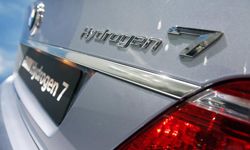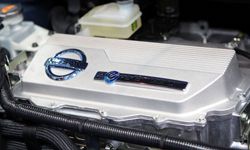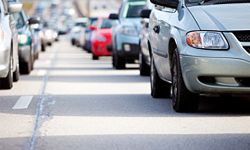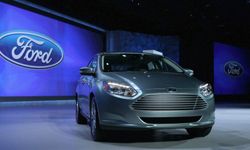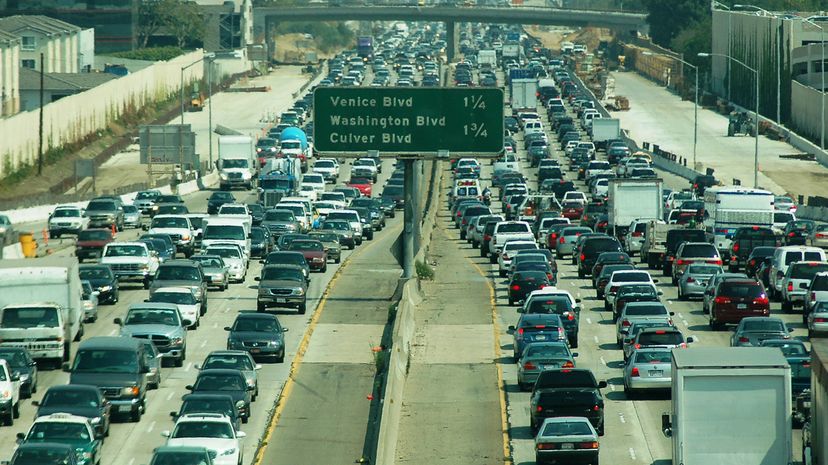
Cars are a real dichotomy. On one side, they provide opportunities for recreation, access to better stores and markets and the freedom to move where we want, when we want.
On the other hand, some claim they rob us of our health and produce a lot of pollution. It's this last part that worries many people. Cars produce a large portion of the world's pollution, in excess of several billion tons per year in the United States alone, and boats, trucks, trains and buses also contribute to the pollution whole. But as car users, we have a few easy-to-implement solutions to air pollution.
Advertisement
To really bring about change, humans have to change their attitude toward cars and take action, and that may be a harder change than any other.
Most importantly, there is no one magic solution. Each small step is a part of another, and no one single step can move ahead significantly without help from the others.
